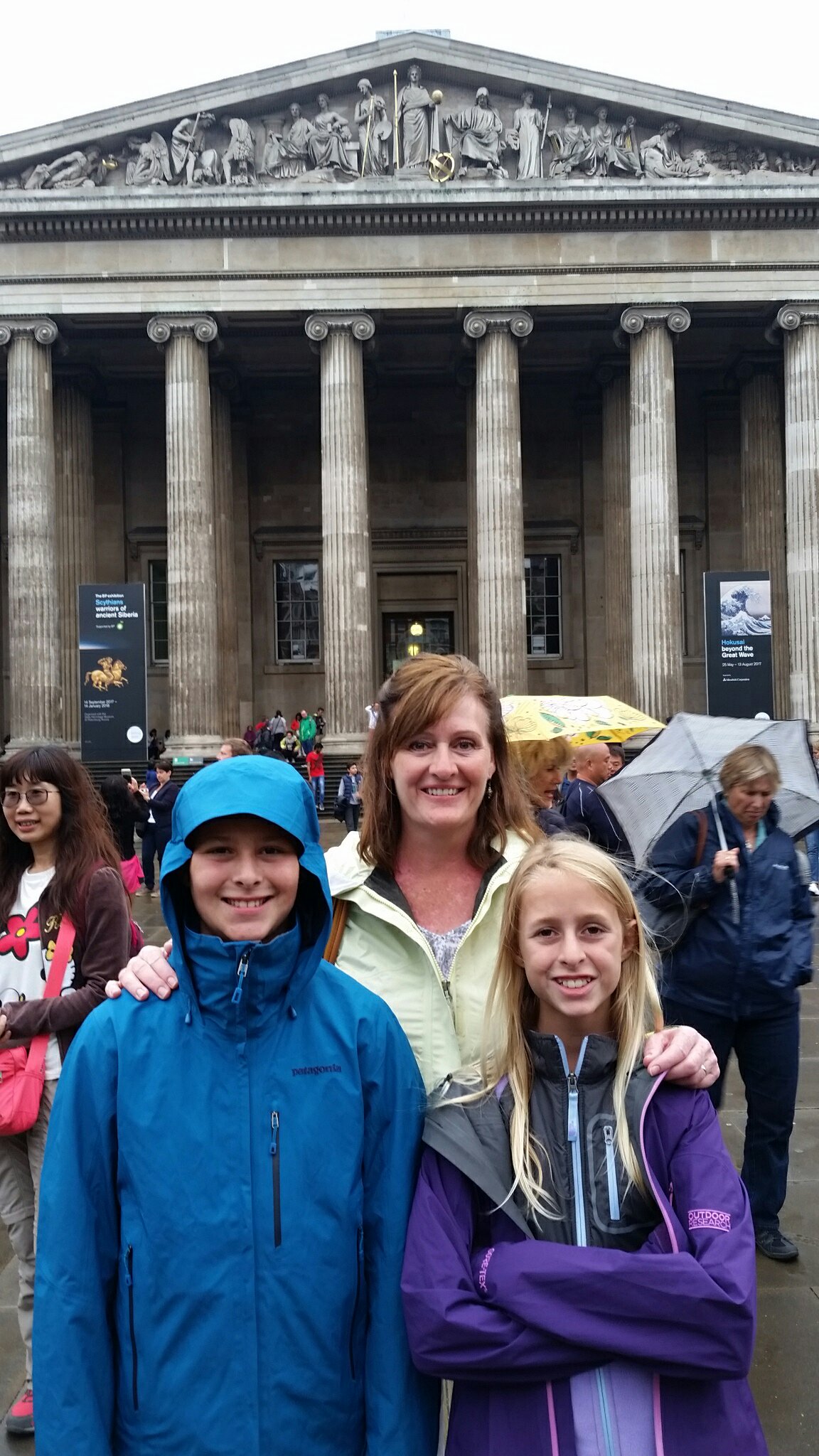
by Jason Bowles | Nov 11, 2017 | Australia

Leaving Las Vegas
Departing Las Vegas for Sydney, Australia.

by Jason Bowles | Aug 7, 2017 | Jason, Scotland
Fantastic! Military bands, dancers, and especially pipers playing in front of the Edinburgh Castle. The finale was especially poignant–a lone piper standing on the ramparts of the castle high above the field playing “Sleep, dearie, sleep”.

by Jason Bowles | Aug 4, 2017 | Alex, Scotland

Urquhart Castle, overlooking Loch Ness.
The Loch Ness Monster, probably the best-known monster. A giant long-necked, humped aquatic creature that has been sighted for about one hundred years. With sightings of people just seeing its head or people claiming to watch it cross a road. But is Nessie real? People have asked that question for as long as people have seen the creature. Some people believe the sightings and some don’t. I personally believe there is or was something in the lake. In the 60’s a group of scientists decided to see if they could find any proof that Nessie lives. After quite some time, with cameras recording every part of the lake to see if they could get any hard proof Nessie lives, they came out empty handed. A while later a second research team came in and used sonar to see if they could get an outline of Nessie on the screens. They, too, came up empty handed. Finally, a third group of researchers with a fleet of ships with sonar swept the entire loch and found nothing. After concluding that there is no Loch Ness Monster they decided to consider the question, if the people didn’t see a monster, what did they see? After they tested their hypothesis they came to the anticlimactic conclusion, that the people saw logs, boat wakes, birds or—in the Nessie crossing case—a mirage. I spent a lot of time looking out over at the lake to prove them wrong but found nothing.

Finding Nessie

by Jason Bowles | Aug 2, 2017 | England, Jason
Lovely London weather.


by Jason Bowles | Jul 31, 2017 | England, Jason
We were lucky enough to have arranged special access to Stonehenge through the English Historical Society. It was brisk at 6 am when we drove into an empty parking lot. The visitor center was closed; the place was empty except for a few others lucky enough to have access inside the ring of stones. We boarded the bus to the monument with only a dozen others. When we arrived, the small rope barrier around the stones was open–we had access to the entire site. The only condition: Don’t touch the stones.
 Stonehenge at sunrise, before the crowds arrive.
Stonehenge at sunrise, before the crowds arrive.
On our journey up from Portsmouth, we had heard Stonehenge described as “smaller than I thought it would be.” From a distance, I can understand that sentiment. Walking between the stones, though, you can’t help but be impressed with the massive size of these stones. Just standing stones of this size would be an impressive feat for a Neolithic culture, but these stones were transported many miles to the site. Then, they were shaped to stand with the sarsen (upright) stones supporting massive lintels interlocking with mortise and tenon joints. The lintels themselves interlock with tongue-in-groove joints; it is no accident that these stones are still standing over 4,000 years after they were raised.
We returned later in the day to find the parking lot full to capacity, with line nearly an hour long just to buy tickets to enter the site. I had to ride the bus out again and see for myself what everyone else sees on a typical trip to Stonehenge.

A different perspective of Stonehenge.
Needless to say, if you are going to Stonehenge and plan far enough in advance, contact the English Historical Society and try to get access inside the ring of stones.










 Stonehenge at sunrise, before the crowds arrive.
Stonehenge at sunrise, before the crowds arrive.
